Intro
Master VBA with our guide on how to select a worksheet in Excel using Visual Basic, covering worksheet objects, activation, and manipulation with code examples and tips for automation and macros.
When working with Excel Visual Basic for Applications (VBA), selecting a worksheet is a fundamental task that allows you to manipulate and interact with the data within that worksheet. This can be achieved through various methods, depending on whether you want to select a worksheet by its name, its position in the workbook, or based on other criteria. Here, we'll explore how to select a worksheet in VBA, including examples and best practices.
To start with, it's essential to understand the basic syntax and objects involved in VBA. The Worksheets collection contains all the worksheets in a workbook, and you can access a specific worksheet by its name or index. The ActiveSheet property returns the worksheet that is currently active.
Selecting a Worksheet by Name
One of the most straightforward ways to select a worksheet is by its name. This method is useful when you know the exact name of the worksheet you want to work with.
Sub SelectWorksheetByName()
Worksheets("Sheet1").Select
End Sub
In this example, replace "Sheet1" with the name of the worksheet you want to select.
Selecting a Worksheet by Index
You can also select a worksheet based on its position in the workbook, using its index. The index of the first worksheet is 1, the second is 2, and so on.
Sub SelectWorksheetByIndex()
Worksheets(1).Select
End Sub
This code selects the first worksheet in the workbook.
Selecting the Active Worksheet
If you need to perform actions on the worksheet that is currently active, you can use the ActiveSheet property.
Sub SelectActiveWorksheet()
ActiveSheet.Select
End Sub
However, using ActiveSheet.Select is generally not necessary, as most actions can be performed directly on the ActiveSheet object without needing to select it explicitly.
Best Practices
- Avoid Using Select: Whenever possible, try to avoid using the
Selectmethod. Instead of selecting a worksheet and then performing actions on it, you can directly apply those actions to the worksheet object. This makes your code more efficient and less prone to errors.
' Instead of this
Worksheets("Sheet1").Select
Range("A1").Value = "Hello"
' Do this
Worksheets("Sheet1").Range("A1").Value = "Hello"
-
Use Fully Qualified References: Always use fully qualified references to worksheets and ranges to avoid ambiguity and errors. For example, instead of
Range("A1"), useWorksheets("Sheet1").Range("A1"). -
Error Handling: When selecting worksheets based on user input or dynamic criteria, always include error handling to manage situations where the worksheet does not exist.
Sub SelectWorksheetSafely()
On Error Resume Next
Worksheets("Sheet1").Select
If Err.Number <> 0 Then
MsgBox "Worksheet not found."
End If
On Error GoTo 0
End Sub
Conclusion and Further Steps
Selecting a worksheet in VBA is a basic yet crucial skill for any Excel automation task. By understanding how to select worksheets by name, index, or based on their active state, you can efficiently manipulate data and automate tasks within Excel. Remember to follow best practices such as avoiding the use of Select when possible and using fully qualified references to ensure your code is robust and reliable. For more complex tasks, consider exploring loops to iterate through worksheets, using worksheet variables to store references, and leveraging Excel's built-in functions for more sophisticated data manipulation.

Advanced Worksheet Selection Techniques
For more advanced scenarios, you might need to select worksheets based on specific conditions, such as the presence of a particular value or the worksheet's color. VBA provides a flexible framework for such tasks through the use of loops and conditional statements.

Looping Through Worksheets
Looping through all worksheets in a workbook is a common requirement, especially for tasks like data consolidation or formatting.
Sub LoopThroughWorksheets()
Dim ws As Worksheet
For Each ws In ThisWorkbook.Worksheets
' Perform actions on ws
ws.Range("A1").Value = "Processed"
Next ws
End Sub
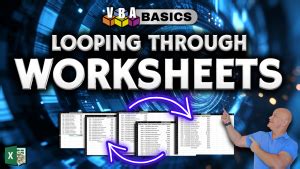
Practical Applications
Understanding how to select worksheets is foundational for a wide range of practical applications in Excel VBA, from simple automation tasks to complex data analysis and reporting solutions.
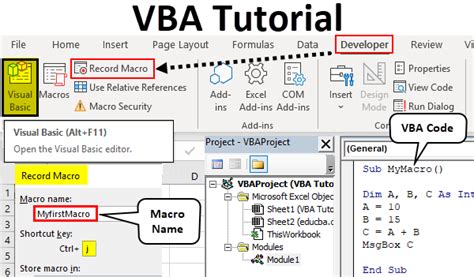
Data Consolidation
One common task is consolidating data from multiple worksheets into a single worksheet for easier analysis.
Sub ConsolidateData()
Dim srcWS As Worksheet, destWS As Worksheet
Set srcWS = Worksheets("Source")
Set destWS = Worksheets("Destination")
' Copy data from source to destination
srcWS.Range("A1:B10").Copy destWS.Range("A1")
End Sub
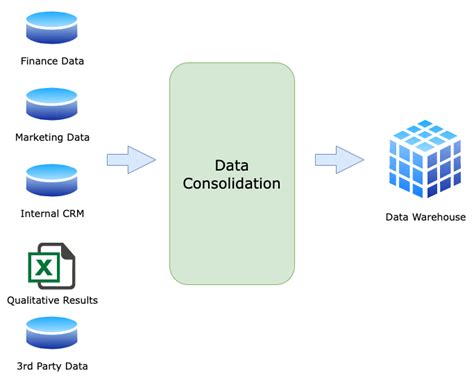
Gallery of VBA Worksheet Selection
VBA Worksheet Selection Gallery
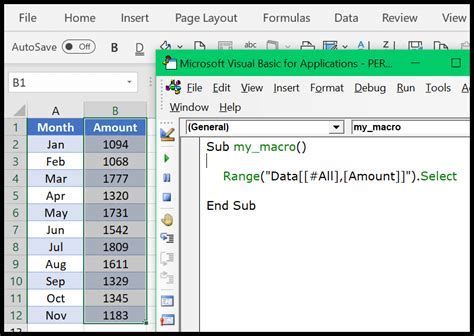
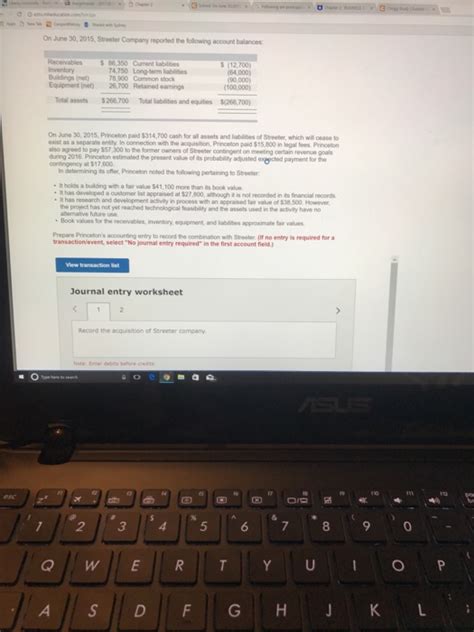
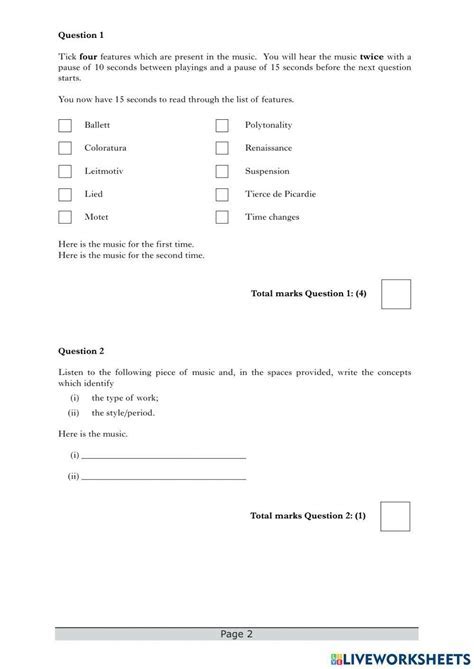

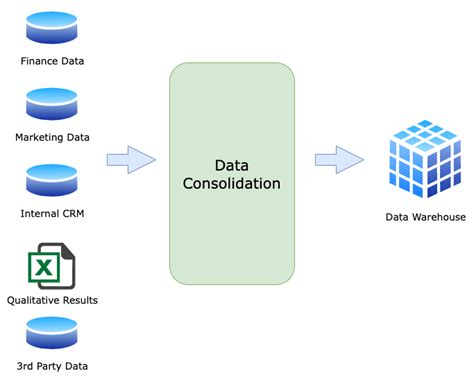
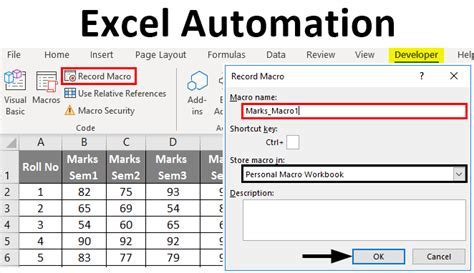

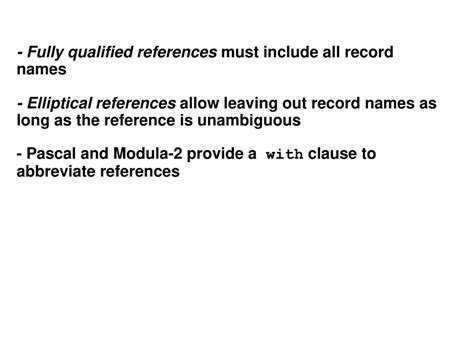
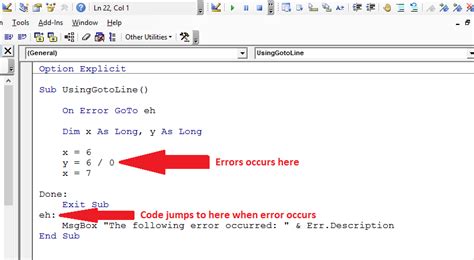

How do I select a worksheet in VBA?
+You can select a worksheet in VBA by using the Worksheets collection and specifying the name or index of the worksheet, such as Worksheets("Sheet1").Select or Worksheets(1).Select.
What is the difference between selecting a worksheet by name and by index?
+Selecting a worksheet by name (e.g., Worksheets("Sheet1").Select) is more specific and less prone to errors if worksheets are renamed, whereas selecting by index (e.g., Worksheets(1).Select) depends on the worksheet's position in the workbook, which can change if worksheets are added, deleted, or rearranged.
How can I avoid using the Select method in VBA?
+Instead of selecting a worksheet and then performing actions on it, you can directly apply those actions to the worksheet object, such as Worksheets("Sheet1").Range("A1").Value = "Hello". This approach makes your code more efficient and less prone to errors.
To further enhance your understanding and application of VBA in selecting and manipulating worksheets, consider exploring more advanced topics such as user-defined functions, class modules, and integrating VBA with other Office applications. The world of VBA is vast and powerful, offering countless opportunities for automation and customization within Excel and beyond. Whether you're automating routine tasks, analyzing complex data sets, or creating interactive dashboards, mastering VBA worksheet selection techniques is a crucial step in unlocking the full potential of Excel for your specific needs.